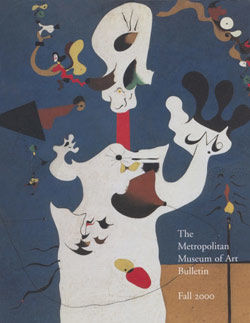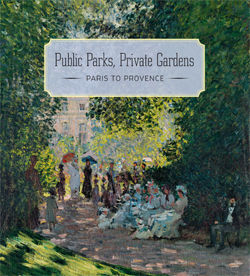[Oak Tree and Rocks, Forest of Fontainebleau]
Gustave Le Gray French
Not on view
The Forest of Fontainebleau—forty thousand acres crisscrossed by footpaths and dotted with ancient oaks and anthropomorphic boulders—attracted a generation of painters in the second quarter of the nineteenth century. Corot, Daubigny, Rousseau, and others found in the light-dappled woods south of Paris both a spiritual antidote for the tensions of modern urban life and a perfect subject for exploring the physical and expressive properties of their medium, free of academic strictures. Working alongside these pre-Impressionist painters and testing the limits of another medium was Le Gray, a young artist who had recently traded in his paint box and easel for a camera and tripod.
In this early work, a unique print formerly in the famed Jammes collection, Paris, Le Gray sought to convey the sensuous experience of the sylvan interior. Rather than providing an inventory of precise details, Le Gray's waxed paper negative (a process he invented) translated the observable world into a painterly evocation of light, texture, and atmosphere. The network of branches, patches of lichen, and sparkling vegetation are woven into a tapestry of allover patterning—reminiscent of a Jackson Pollock painting—that merges solid and void, substance and shadow.
Due to rights restrictions, this image cannot be enlarged, viewed at full screen, or downloaded.
![[Oak Tree and Rocks, Forest of Fontainebleau], Gustave Le Gray (French, 1820–1884), Salted paper print from paper negative](https://images.metmuseum.org/CRDImages/ph/web-additional/DT1155.jpg)


